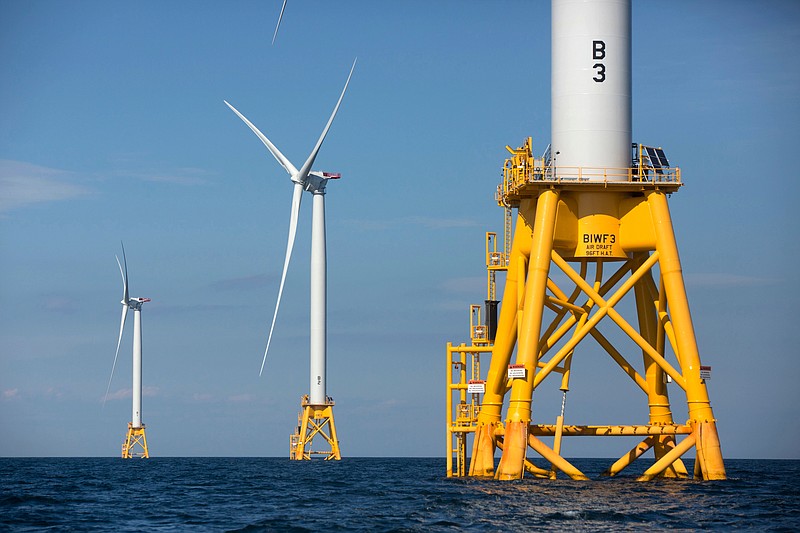President Donald Trump has courted coal miners and cast doubt on whether fossil fuels contribute to climate change, but that hasn't translated into hostility for renewable energy - particularly offshore wind.
Using federal offshore leases, wind power projects along the East Coast, including off the shores of Massachusetts, New Jersey, Connecticut, Virginia and New York, are pressing ahead with the goal of transforming the electric grid and providing energy to power millions of homes.
The administration is looking to renewable energy sources to help create "energy dominance" that will guarantee America is a leading global energy exporter and can't be held hostage by foreign energy- producing powers, Interior Secretary Ryan Zinke said - even as Trump's plan to expand offshore drilling has drawn harsh criticism from environmentalists and coastal state governors of both parties.
"On designated federal lands and offshore, this means an equal opportunity for all sources of responsible energy development, from fossil fuels to the full range of renewables," Zinke said in a recent op-ed in The Boston Globe. "As we look to the future, wind energy - particularly offshore wind - will play a greater role in sustaining American energy dominance."
To help streamline the effort, Zinke wrote, he wants to give developers more flexibility by letting them postpone detailed design decisions until later in the planning process to let them take advantage of the latest technology.
West Coast states are also hoping to turn their offshore winds into energy. One planned project along the Northern California coast would create a 100-150 megawatt floating wind farm more than 20 miles offshore. Projects have also been eyed off Hawaii, in the Gulf of Mexico and even in the Great Lakes.
Offshore wind can help reduce carbon emissions, but it's critical to ensure they don't harm underwater ecosystems, especially the endangered North Atlantic right whale, said Sean Mahoney, executive vice president of the Conservation Law Foundation.
